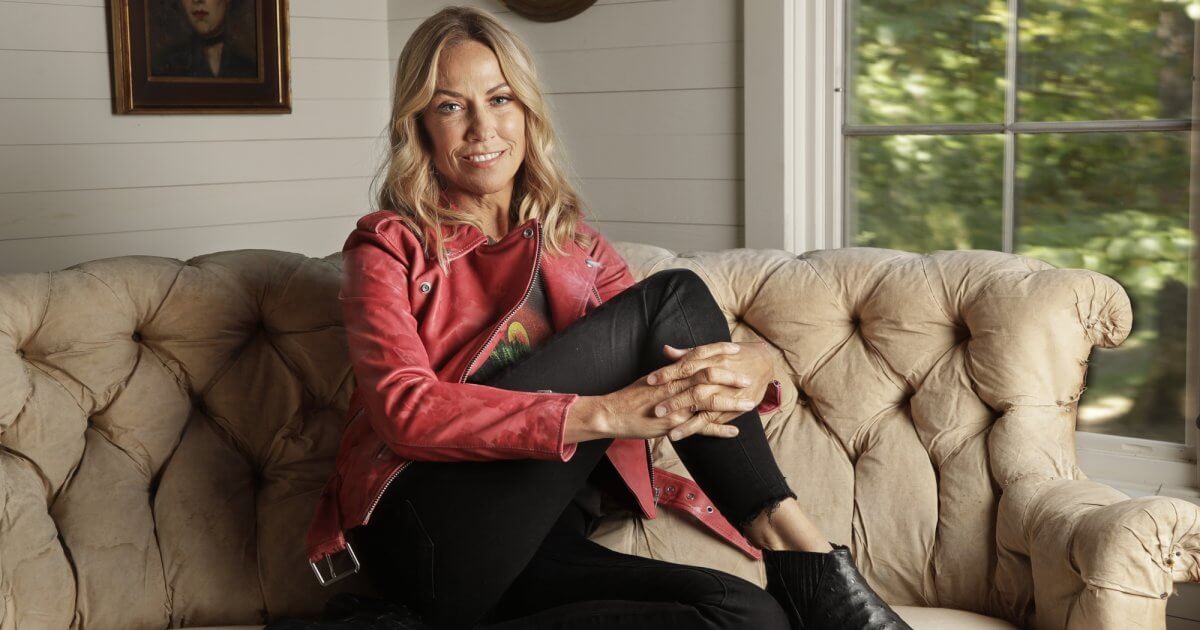Reevaluating Life after Cancer
- Singer and breast cancer survivor Sheryl Crow, 59, has said she specifically "gravitated to pathological narcissists" as romantic partners prior to her life-changing 2006 diagnosis. "I think that it took me until I got diagnosed with breast cancer to figure out that love is not something that you tap dance to get.”
- A single mom of two boys, Wyatt, and Levi, Crow now puts herself and her sons as her top priority. "Adopting my boys that's just been the biggest everlasting event that has informed everything.”
- Learning what to expect after a routine mammogram: An expert tells SurvivorNet that around 10 percent will get called back for more testing. And the “vast majority” of that group of women do not have breast cancer. They just may need another image taken due to a woman having “dense” breasts, which are breasts made up of more fatty tissue. And even if something comes back, it’s best not to panic. 80 percent of tumors are typically benign, or non-cancerous.
Crow recalled some advice that she received from a healer. “Until you can put yourself first in your life, you will always be at the bottom.” That is one of the things that many people going through cancer realize, as their survival becomes their number one focus. Even for parents, it is a must to prioritize your own health along with the well being of your children so you will be here as long as possible for your children.
View this post on Instagram
When Crow was diagnosed in 2006, she almost initially skipped her mammogram simply because she was busy and thought it wasn’t “necessary.” Thankfully she still made her appointment, had a lumpectomy (a surgery to remove breast cancer tissue) and radiation following her stage zero diagnosis. She’s now an advocate for early screenings. "Because early detection really does, it does matter and we can't take care of our loved ones if we don't take care of our own health,” she says.
Crow wrote the song “Make It Go Away” after having to face the disease. “I wrote this song after I was diagnosed with breast cancer, but it seems pretty appropriate for this pandemic as well,” she captioned in her Instagram post with a video of herself playing the melodic song on an acoustic guitar. “I was a good girl, I don’t understand,” she croons.
View this post on Instagram
Cancer Can Open Your Eyes
Like Crow, breast cancer survivor Cynthia Bestmen, noted a shift in perspective. Her cancer was also found after a routine mammogram and she lived a healthy life with no family history of breast cancer. “Suddenly, it’s like the buildings look different, and the sky looked different and my body felt different. It was like this alternate universe,” Bestmen tells SurvivorNet. “You feel betrayed by your body and it’s this weird thing where your mind and your body disconnect. I changed everything in my life, from my shower curtains, to my rugs, to my cookware.”
She says she went a “little crazy” and felt anger, as she moved through different emotional stages that only cancer survivors can understand. “And sometimes, through the worst possible, darkest time of your life, a beautiful gift can be revealed,” Bestmen says. “And look for that, be open for that.”
Through the Darkest Time of Your Life, a Beautiful Gift Can be Revealed
What to Expect After a Mammogram
Sheryl and Cynthia both found their cancer through a routine mammogram, which is reportedly how at least half of the breast cancer diagnoses are found. Self-detection is number two. The American Cancer Society estimates that in 2021, there will be about 281,550 new cases of invasive breast cancer (the most common type) diagnosed in women. About 49,290 new cases of ductal carcinoma (slower growing within the breast’s milk ducts) will be diagnosed, and about 43,600 women will die from breast cancer. Experts say that annual routine mammograms should start at 40 years old, but earlier if you have a family history of breast cancer.
Related: 5 Well-Known Women Who've Fought Breast Cancer and Won
After you get your mammogram, there may be additional testing that is needed, especially if you have dense breasts (which may be made up of a lot of fatty tissue) or have had breast cancer in the past. It’s always best not to panic.
“We understand the anxiety that screening for breast cancer can cause and we understand the impact when a woman either gets that phone call or receives that letter saying we found something on your mammogram,” Dr. Connie Lehman from Massachusetts General Hospital tells SurvivorNet. “So we want to try to put women at ease and put their minds at rest a bit about the process of screening mammography.”
Dr. Lehman says that around 10 percent will get called back for more testing. And the “vast majority” of that group of women do not have breast cancer. They may need another image, or may need to do an ultrasound.
“We might need to take a magnified view of an area where there are some very faint calcifications. So these additional tests are time consuming. We need the patient to come back in, but almost always, it solves the problem, it solves the question,” she says.
So out of 1,000 women, roughly 100 will get called back in. And typically 80 percent of those 100 women will not have breast cancer.
“But 20 of those women are going to need a biopsy, and that also can raise anxiety,” Lehman says. Even still, some of those 20 women may not have breast cancer. Lehman says it’s best to be proactive, get the mammogram and potential subsequent testing out of the way, and try to take it day by day with what comes next.
When You're Called Back After a Mammogram Breaking Down the Numbers
Learn more about SurvivorNet's rigorous medical review process.


